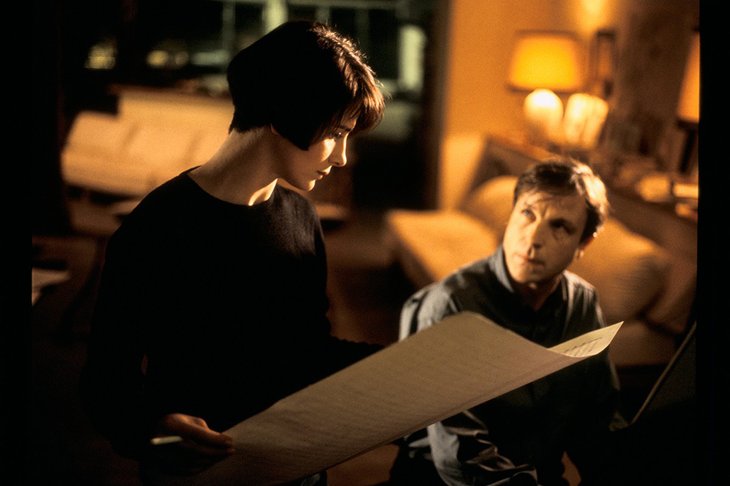The Cinephile Quarentine continues this week with "Blue, White, and Red"
Article

DR
This week, the Cinephile Quarentine brings "The Three Colours trilogy" by Krzysztof Kieslowski to our home screens. The Polish director shot two films in France and one in Poland.
This is the collective title of three films: Three Colours Blue (1993), Three Colours White (1994), and Three Colours Red (1994). All three were co-written by Kieslowski and Krzysztof Piesiewicz.
Red received nominations for Best Director, Best Original Screenplay and Best Cinematography at the 67th Academy Awards.
Blue, white, and red are the colours of the French flag in left-to-right order, and each film is loosely based on one of the three political ideals of the French Republic: liberty, equality, fraternity.
The trilogy is interpreted, respectively, as an anti-tragedy, an anti-comedy, and an anti-romance.
The first film is Blue, featuring Juliette Binoche as a woman whose husband and child are killed in a car accident. Suddenly set free from her familial bonds, she attempts to cut herself off from everything and live in isolation from her former ties in Paris, but finds that she can't free herself from human connections.
The second film is White; a film about equality, with the film depicting Karol Karol, a shy man who, after being left by his wife in humiliating circumstances in Paris, loses his money, his residency, and his friends. As a deeply ashamed beggar in Paris, Karol begins his effort to restore equality to his life through revenge.
The last film of the Trilogy is Red, released in 1994 and nominated for three Academy Awards, including Best Director for Kie?lowski. Red is about fraternity, depicting characters whose lives gradually become closely interconnected, with bonds forming between two characters who appear to have little in common.
+Info